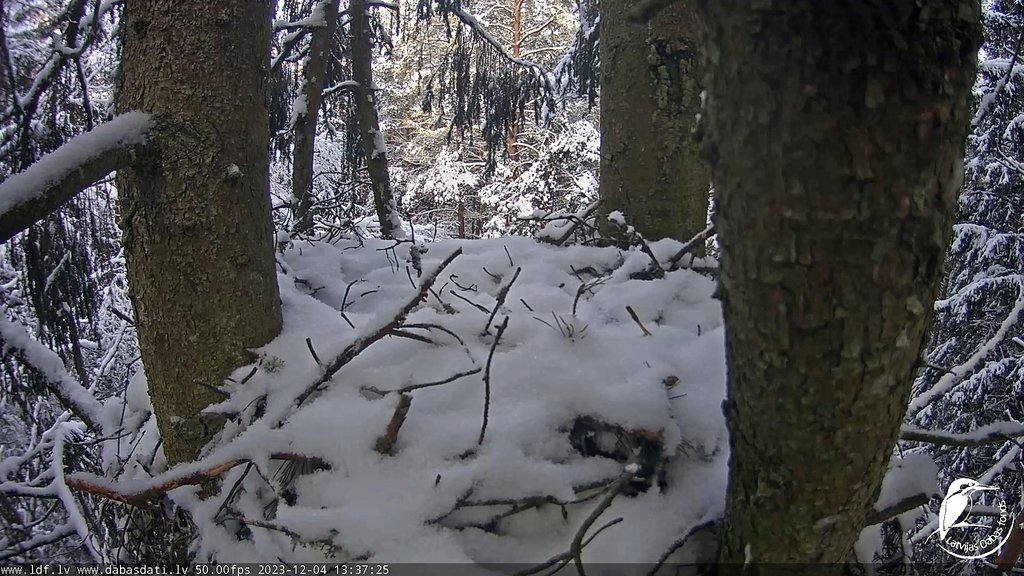Inhabitants

©Vērotāja 2019
Anna & Andris 2024
 Visitors
Time of incubation
After 38-41 days' incubation the chicks hatch in the first half of June .The hatching process takes 24-28 hours (Hoffmann 1938, Meyburg 1970).
Oology
The egg and everything
Visitors
Time of incubation
After 38-41 days' incubation the chicks hatch in the first half of June .The hatching process takes 24-28 hours (Hoffmann 1938, Meyburg 1970).
Oology
The egg and everything
How chicks learn for life before they hatch and some birds don't color their eggs until after Easter.
by Thomas Krumenacker:
viewtopic.php?p=900480#p900480
Migration Juvenile LSE
Orientation of native versus translocated juvenile lesser spotted eagles (Clanga pomarina) on the first autumn migration
Bernd-U. Meyburg,1,* Ugis Bergmanis,2 Torsten Langgemach,3 Kai Graszynski,4 Arno Hinz,5 Ingo Börner,6 Christiane Meyburg,7 and Wouter M. G. Vansteelant8,9
The ontogeny of migration routines used by wild birds remains unresolved. Here we investigated the migratory orientation of juvenile lesser spotted eagles (LSE; Clanga pomarina) based on translocation and satellite tracking. Between 2004 and 2016, 85 second-hatched juveniles (Abels) were reared in captivity for release into the declining German population, including 50 birds that were translocated 940 km from Latvia. In 2009, we tracked 12 translocated juveniles, as well as eight native juveniles and nine native adults, to determine how inexperienced birds come to use strategic migration routes.
Native juveniles departed around the same time as the adults and six of eight used the eastern flyway around the Mediterranean, which was used by all adults. In contrast, translocated juveniles departed on average 6 days before native LSEs, and five travelled southward and died in the central Mediterranean region. Consequently, fewer translocated juveniles (4/12) than native juveniles (7/8) reached Africa. We conclude that juvenile LSEs have a much better chance of learning the strategic southeastern flyway if they leave at an appropriate time to connect with experienced elders upon departure. It is not clear why translocated juveniles departed so early.
Regardless, by the end of the year, most juveniles had perished, whether they were translocated (10/12) or not (6/8). The small number of surviving translocated juveniles thus still represents a significant increase in the annual productivity of the German LSE population in 2009.
https://www.ncbi.nlm.nih.gov/pmc/articles/PMC5558239/
Juvenile lesser spotted eagle cannot find migration route to Africa without aid of older birds
Juvenile eagles need older, experienced birds to travel successfully to Africa. This is the conclusion of a German research team in a study on lesser spotted eagles. University of Amsterdam (UvA) researcher Wouter Vansteelant analysed the data of juvenile eagles with satellite tags. Their findings were published on Wednesday, 2 August in the Journal of Experimental Biology.
https://www.uva.nl/en/content/news/pres ... ds.html?cb


















 The live stream shows nature to viewers as it is. With beautiful moments and with the harshness of nature.
The live stream shows nature to viewers as it is. With beautiful moments and with the harshness of nature.







